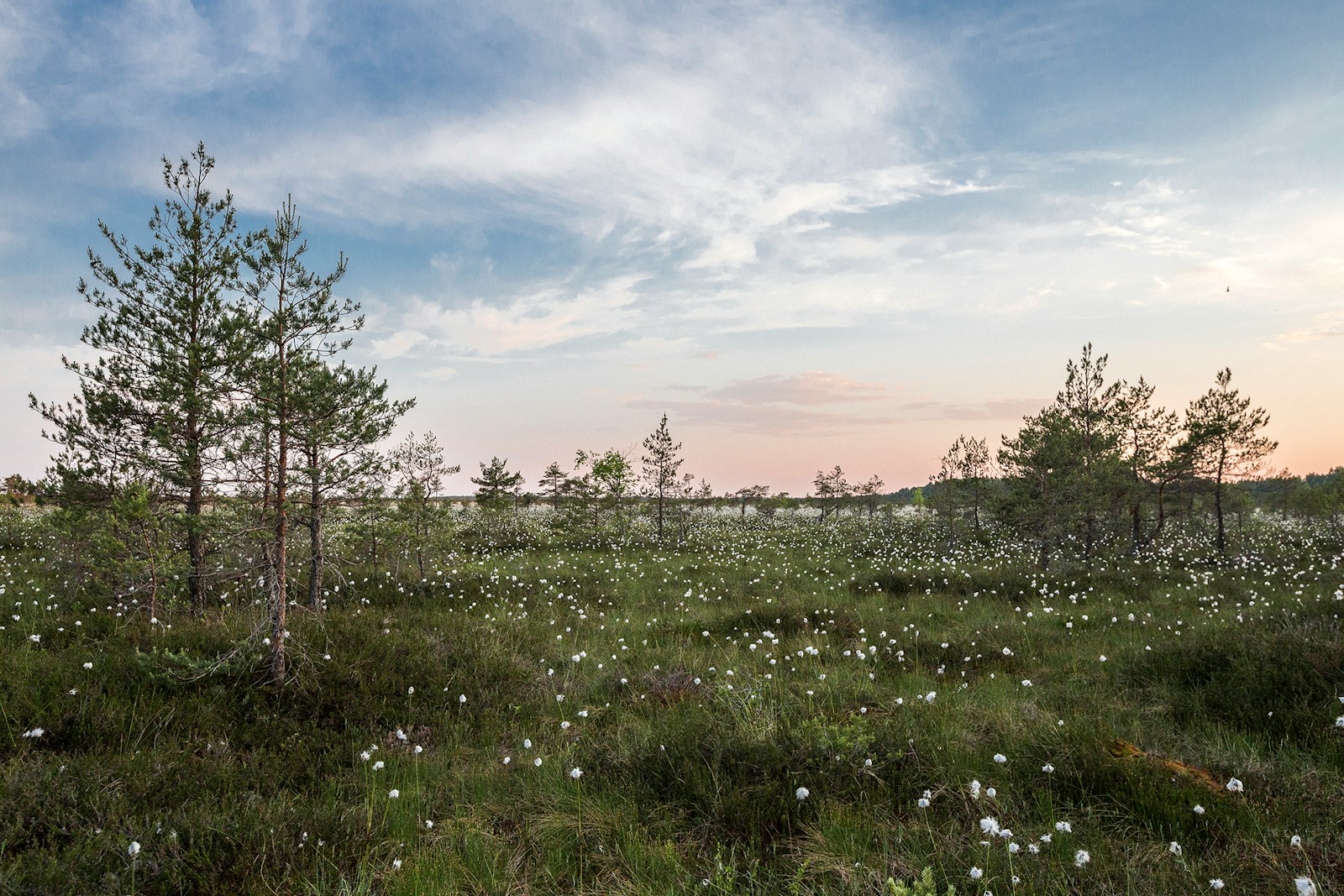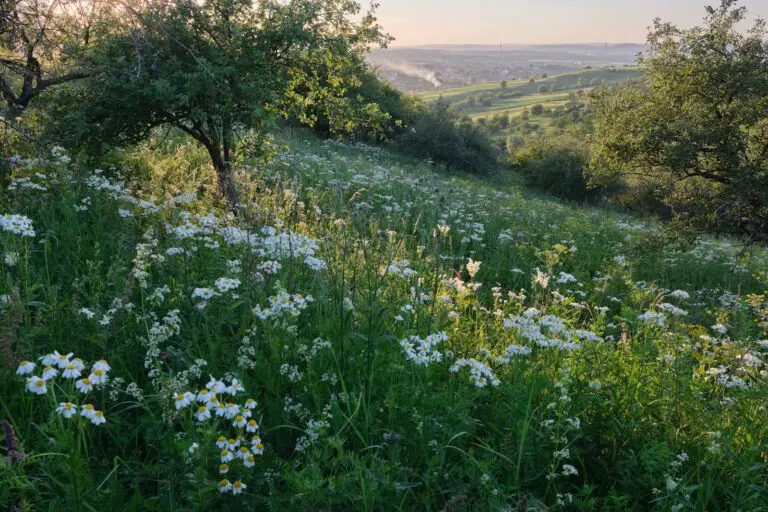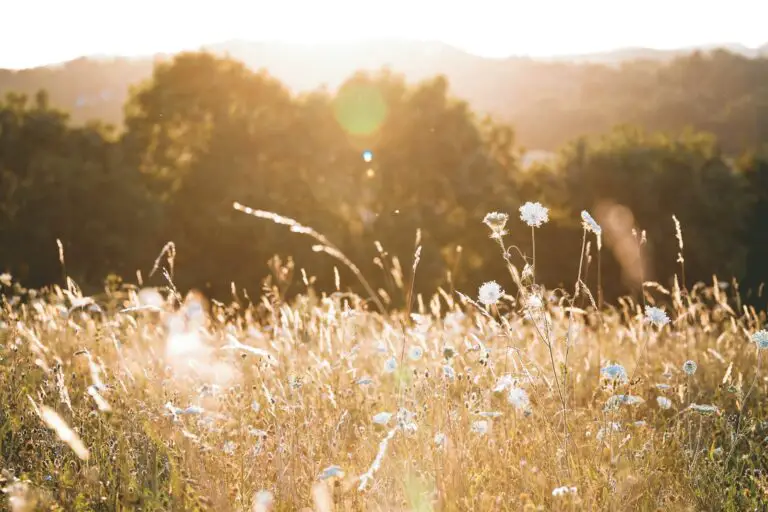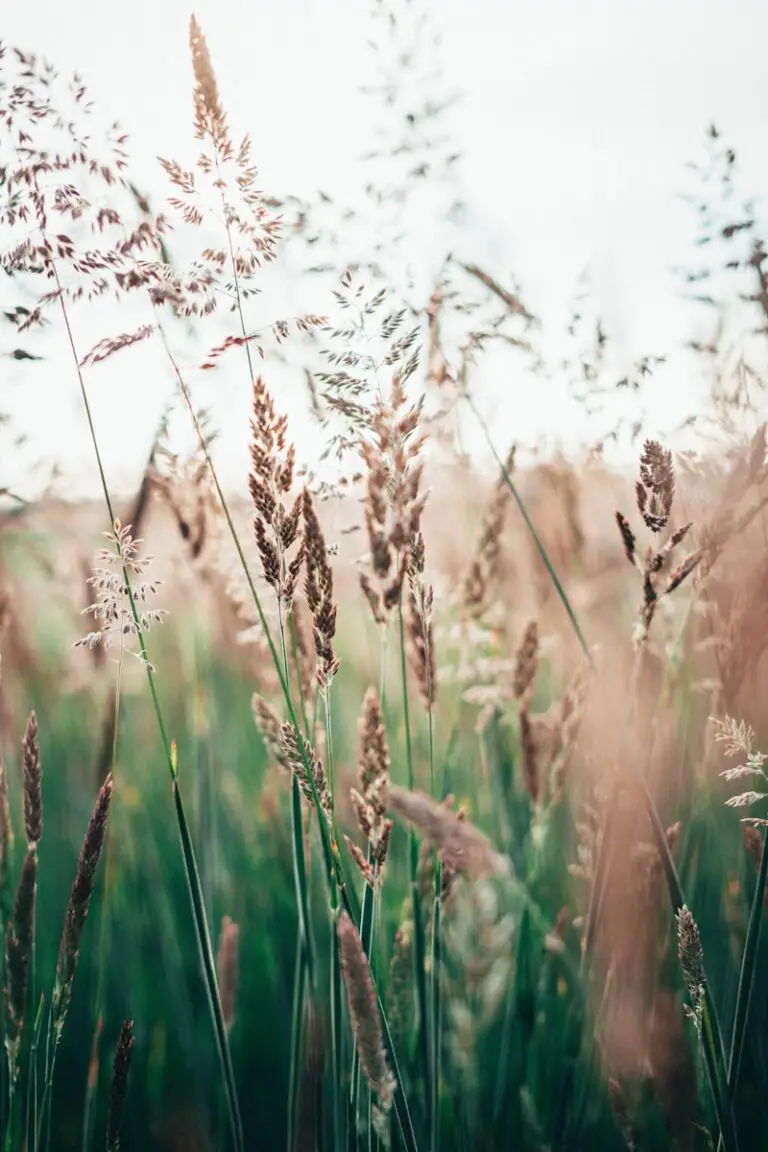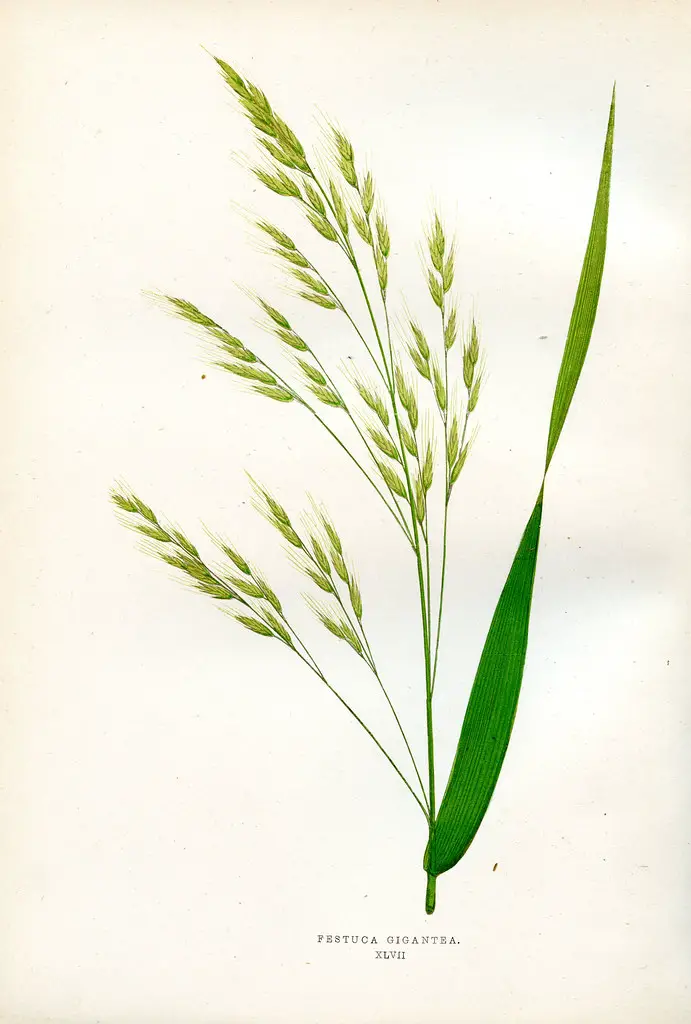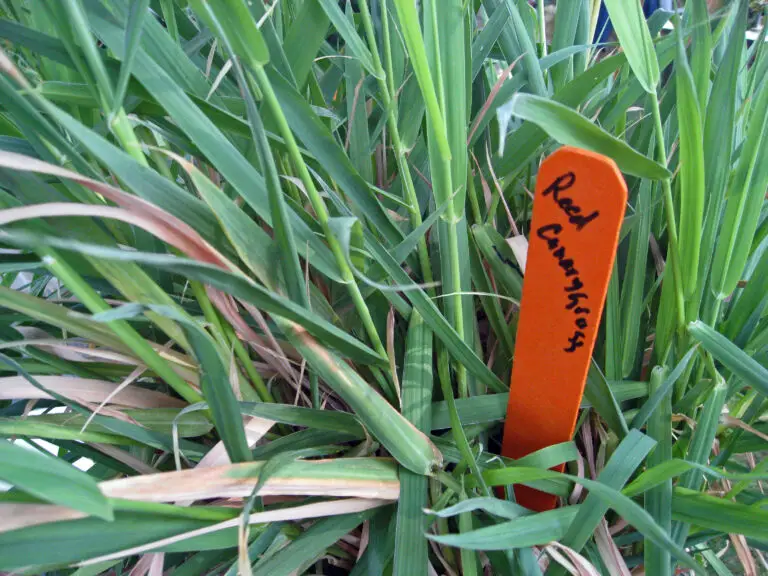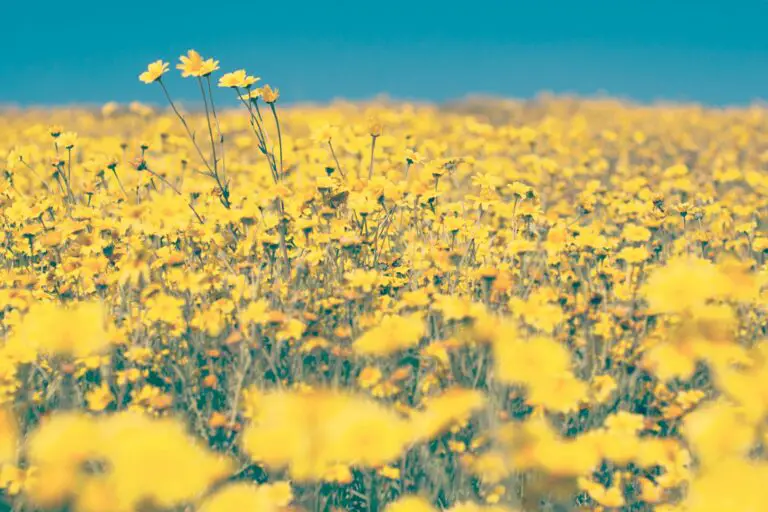Orchard Grass: A Versatile Addition to Your Cool-Season Garden Sanctuary
There’s an unsung hero of the gardening world, a plant so versatile and beneficial that its presence in your cool-season garden can transform both the aesthetic and the functionality of your green space. Meet Orchard Grass, not just a grazing staple for livestock, but an elegant addition to ornamental gardens, a soil-enriching cover crop, and a creative canvas for any landscape designer. In this comprehensive guide, we’ll take a stroll through the verdant pastures of Orchard Grass and discover how it can add another layer of tranquility and vibrancy to your home’s outdoor sanctuary.
Benefits of Orchard Grass
Soil Quality Enhancement
Orchard Grass, a cool-season perennial grass with a knack for dense growth, is a powerhouse when it comes to nurturing the very earth it springs from. Its extensive root system acts as a soil stabilizer, reducing erosion and enhancing water retention. In turn, the soil’s structure and nutrient levels are improved, laying the foundation for healthy growth for surrounding plants.
Aesthetic Appeal
In the world of ornamental gardens, Orchard Grass stands out with its vibrant green foliage that sways gently with the breeze, adding a touch of elegance to any landscape. Its delicately textured leaves create a soft, lush carpet, a perfect complement to the bold blooms and structured plantings typical of cool-season gardens.
Low-Maintenance Versatility
This grass species is a garden designer’s dream due to its adaptability and low maintenance needs. It flourishes in a variety of soil types and is particularly drought-tolerant once established. Its resilience against pests and ability to outcompete weeds makes it an invaluable addition to any garden, saving both time and resources.
Planting and Care Tips for Orchard Grass
Optimal Growing Conditions
Orchard Grass is most content in fertile, well-drained soil with a pH between 6.0 and 7.5. It requires a good amount of sunlight for robust growth but can handle moderate shade. Early spring or late summer is the best time for seeding, ensuring the grass has ample time to establish itself before the hot or cold extremes of summer and winter.
Proper Planting Techniques
Prepare the planting area by removing any debris and cultivating the soil to a depth of around 4-6 inches. Spread the grass seed evenly over the soil, pressing them down lightly to ensure good soil contact. A light layer of mulch can protect the seeds from birds while still allowing sunlight to reach them.
Maintenance Practices for Healthy Growth
Consistent watering is key in the beginning stages until the grass has taken root in the soil. Avoid overwatering that can lead to fungal infections. A light nitrogen fertilizer application in early spring can give it a healthy start to the growing season. If the grass grows too tall, mowing at a height of 3-4 inches can help maintain its vigor without damaging the growing points called crowns.
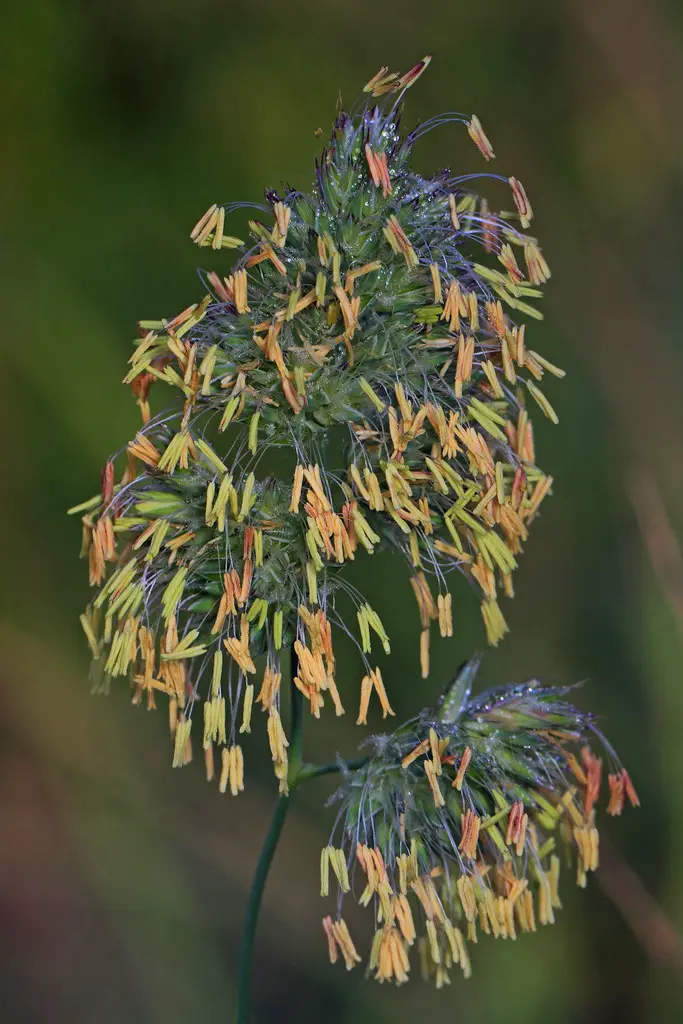
Creative Uses in Garden Design
Companion Planting Ideas
The versatility of Orchard Grass extends to the practice of companion planting, where it can be paired with a variety of flowers and vegetables to synergistically benefit each other. For a visually stunning combination, interplant it with perennials like purple coneflower or ornamental grasses like switchgrass. The cool-season vegetable garden can also benefit from its presence, with the grass offering protection to the soil and enhancing conditions for plants like lettuce and spinach.
Landscape Design Integration
In landscape design, Orchard Grass can be the canvas for creating naturalistic elements in your garden. Combine it with winding pathways lined with autumn-blooming perennials to create a serene setting with a hint of wild beauty. The grass’s height and texture variations make it a perfect backdrop for focal points like birdbaths or sculptures, softening their presence while still drawing attention to their charm.
DIY Projects Incorporating Orchard Grass
Garden enthusiasts can take their creativity to new heights by incorporating Orchard Grass into various DIY garden projects. Dried grasses can be used in the creation of woven fences, natural baskets, or even as material for homemade birdhouses. The fresh grass clippings, when managed responsibly, can serve as an enriching component of compost, closing the loop on waste reduction in your garden.
Conclusion
Orchard Grass offers an array of benefits that shouldn’t be overlooked when curating a cool-season garden that’s not just beautiful, but also sustainable and resilient. Whether you’re looking to stabilize your garden’s soil, enhance its aesthetics, or simply cut back on maintenance, this unassuming grass can be the solution you’ve been seeking. It’s time to roll up those gardening sleeves, seed a bit of green goodness, and watch your garden sanctuary flourish with the addition of Orchard Grass.

